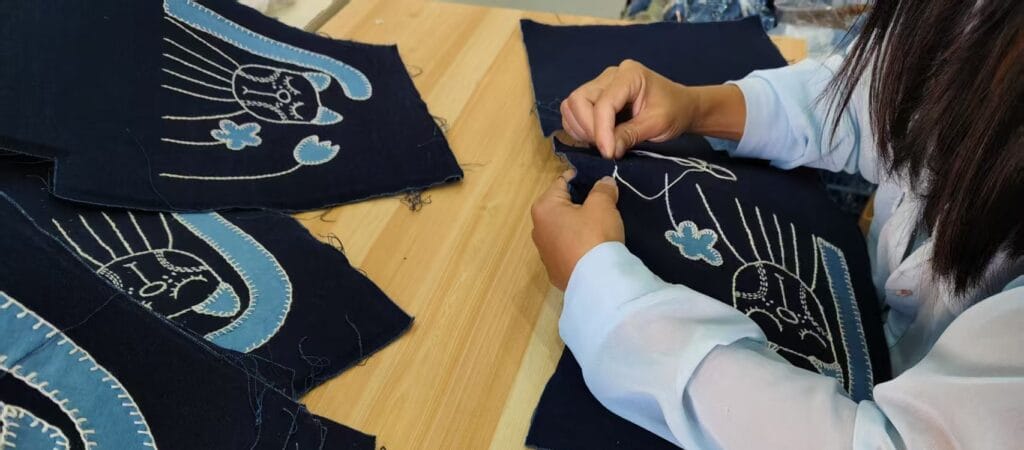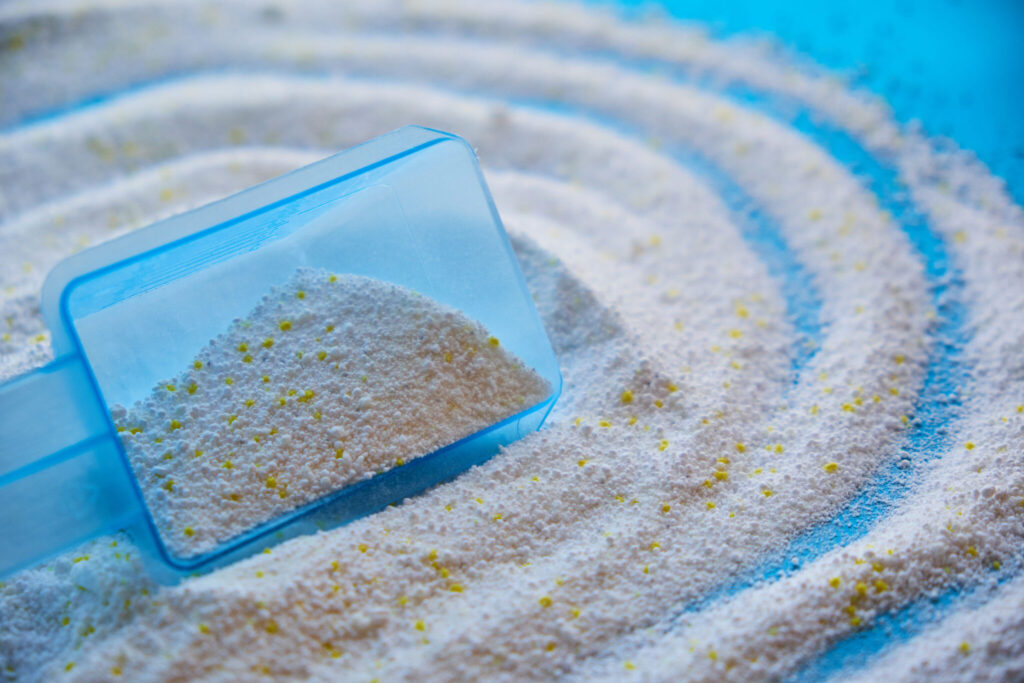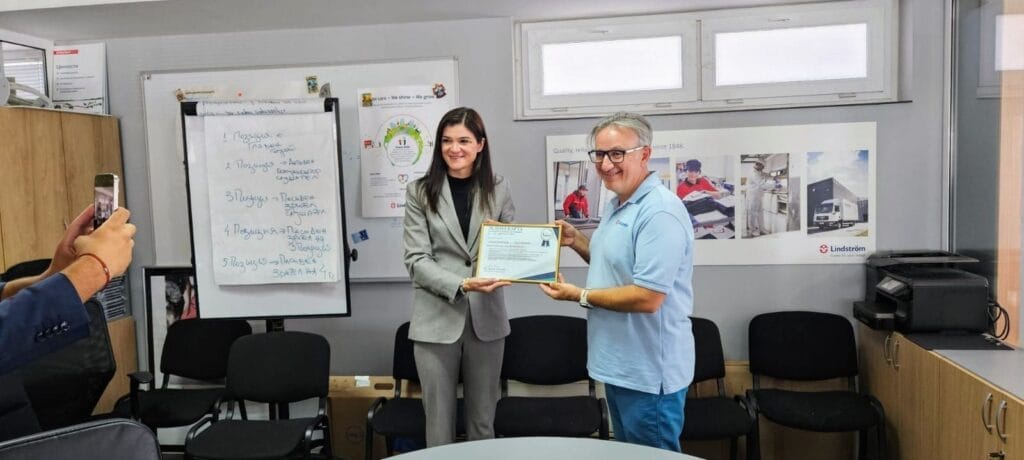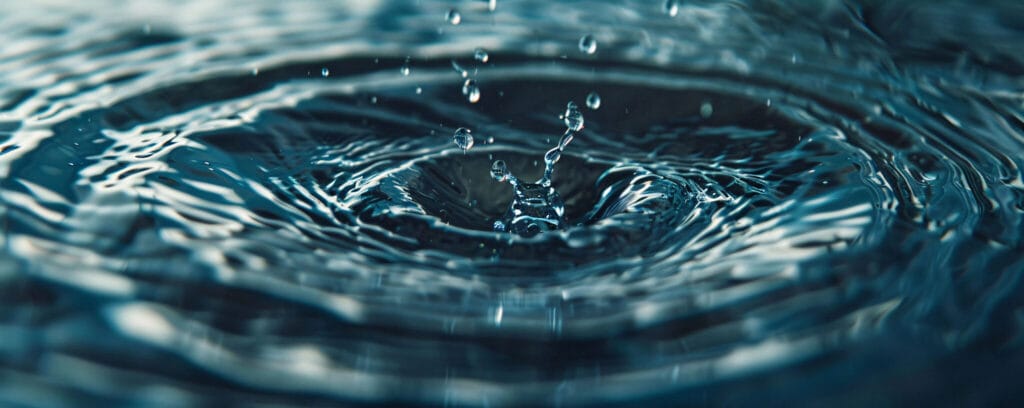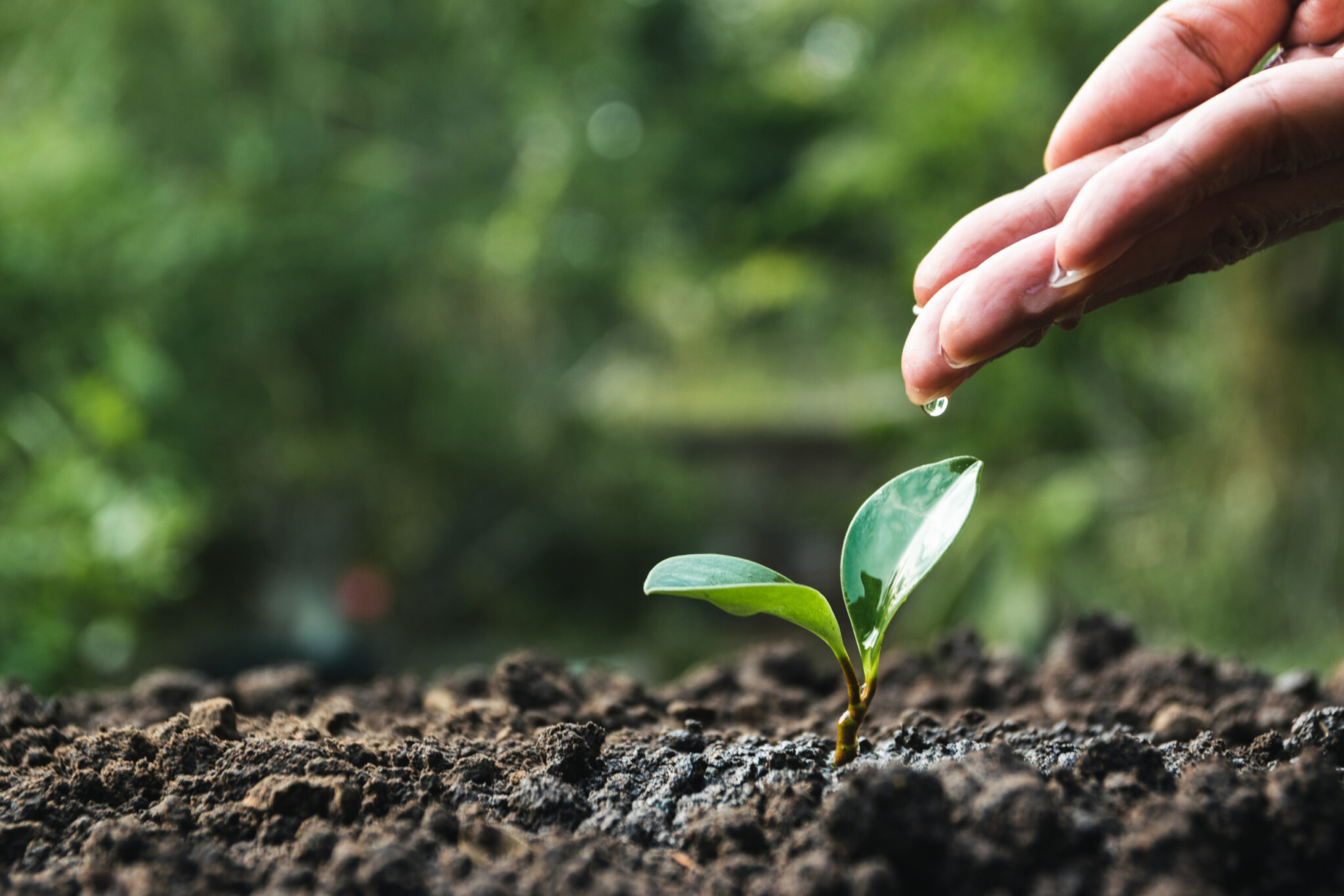
Less environmental burden with Lindström services
Strategy 2020 paving the way
At Lindström, we review our strategy constantly and update it every five years, to make sure that we keep up with the times. In 2020, the previous strategy period gives way to the new one. With Strategy 2025, we aim to be the most sustainable in the industry, helping our customers become more sustainable – everyday.
The excessive growth of textile waste is a global challenge that must be solved. Natural fibers, such as cotton, are the backbone of the textiles we are using. Their production requires large amounts of raw-materials, water, energy, and chemicals. We strive to ensure each textile produced is worn, reused, repaired, and recycled to avoid wasting natural resources.
Our major environmental impacts are caused through sourcing of products and textiles, with the laundry processes and at the disposal of the products. Annually, we source over 4,000 tons and dispose of 1,600 tons of textiles globally.
Inside our operations
In our textile service and laundry, the most significant environmental impacts are caused by energy, water, and detergent consumption. In addition, we consider the emissions of close to 45 million kilometers of logistics annually are carried out by our partner companies as our own.

In order to be more sustainable, we streamline our water and energy consumption. Most of the energy is used to heat up water for washing and to finish the textiles. We have installed heat recovery systems in many laundries to collect heat from wastewater and dryers and we recycle water in washing. In all our laundries, there are filters for wastewater for removing suspended solids like dirt, lint, and some amounts of microplastics, before water is led to the treatment plant.
The amount of water needed for washing depends on the product and the level of dirtiness. While washing mats and hotel textiles consume less than 5 liters of water per kilo, workwear washing requires in minimum double this amount. On top of that, cleanroom washing may demand up to 10 times the amount of water. The increased customer request for cleanroom services as well as the growing number of industrial wipers in washing raises our water consumption. Therefore, keeping up with previous years’ water consumption levels per kilo of textiles washed is truly a challenging target for us. However, during the last few decades, we have managed to squeeze the water consumption to remarkably lower levels.
We have developed our services and processes to be closer to our customers. Our efforts to reduce the need for logistics includes, for example, improving the maintenance process of cotton towel rolls by wrapping the rolls even tighter, which enables us to load more rolls in one haul.
We take dirt with us

Perhaps surprising, the biggest amounts of waste types we have, along with textiles, are sand and hazardous waste. This is the result of the mat services: the waste comes with gathering all of the sand wiped off of shoes in customers’ lobbies. We also have the industrial wiper service to wipe all of the oil and solvents off of the tools and machines in the factory halls. Also, the absorbent mats collect all the lubricants, for instance, from car repair shops, require special attention when cleaning.
We have invested in the wastewater treatment equipment with which we collect hazardous particles away from water led to the sewage. According to our waste hierarchy, our primary aim is waste prevention. We constantly develop new ways of working and share best practices with our units. We avoid plastic packaging in all our operations. Instead, we use reusable and washable fabric solutions to protect textiles during delivery when needed.
